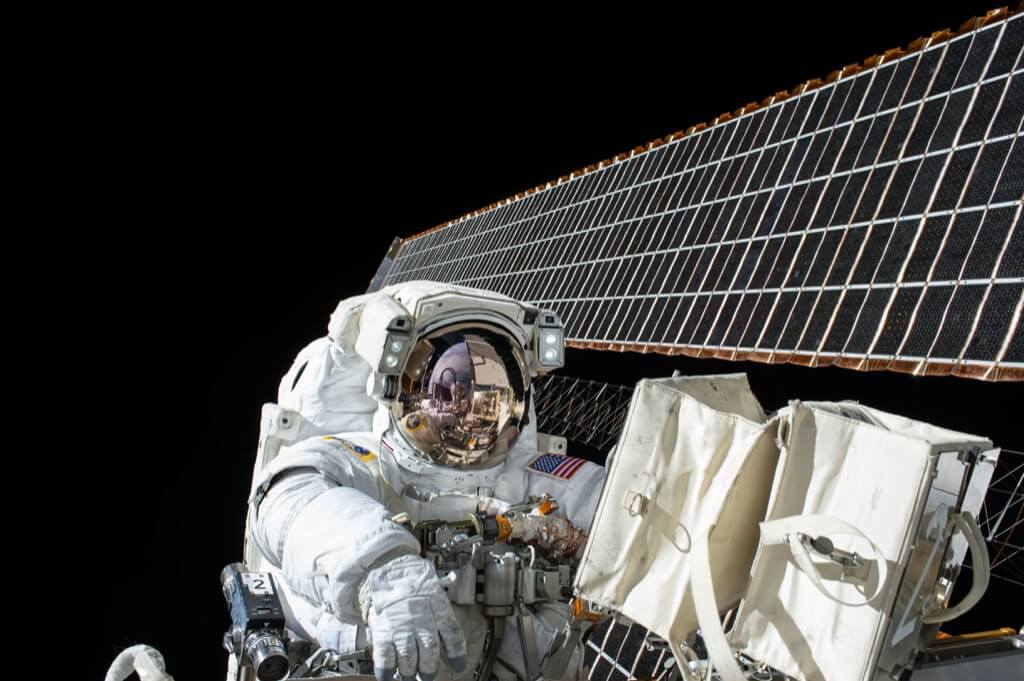Imagine being exposed to the harsh, unforgiving environment of outer space without the protection of a spacesuit. What would happen to your body? Common misconceptions fueled by Hollywood movies paint a dramatic and often misleading picture. Let’s dissect the science behind surviving in space and separate fact from fiction.
When exposed to the vacuum of space, the lack of atmospheric pressure poses an immediate threat. The popular belief that one’s body would explode or instantly freeze is far from the truth. The real danger lies in the potential for lung rupture if you try to hold your breath. This is because the air inside your lungs expands in the vacuum, causing severe damage. If you were accidentally exposed to space, staying conscious is a critical factor. You’d have about 10 to 15 seconds of useful consciousness. During this short window, quick thinking and actions are crucial for survival. After this, unconsciousness is inevitable due to the lack of oxygen in the brain.
For a safe recovery, it’s imperative to be returned to a pressurized environment within 90 to 180 seconds. This timeframe is based on both human experiences and animal testing, offering a fascinating insight into the resilience of living organisms under extreme conditions. In 1965, researchers at Texas’s Brooks Air Force Base conducted a significant study involving dogs. These tests were crucial in understanding the effects of extreme depressurization on living beings. Dogs exposed to air pressure at one-hundredth of normal levels provided valuable data. Remarkably, as long as the exposure was under 90 seconds, most dogs survived without lasting harm. However, exposure beyond two minutes was fatal, leading to cardiac collapse.
During these tests, dogs experienced a rapid onset of unconsciousness, typically within 10 to 20 seconds. They also exhibited immediate bodily reactions such as projectile vomiting and defecation. More severe responses included seizures and a thin film of ice forming on their tongues, as their saliva rapidly froze. The expansion of their bodies, nearly doubling in size, was a startling visual indicator of the vacuum’s impact. Despite these severe symptoms, recovery was possible if the pressure was normalized within 90 seconds. This finding is remarkable, showing the resilience of biological systems under extreme conditions. It suggests that while the body can endure short-term exposure to a vacuum, the margin for recovery is incredibly narrow.
Chimpanzees, being closer to humans in physiology, provided further insights. In similar tests, they showed a higher tolerance, with some surviving up to 3 minutes and 45 seconds. Cognitive abilities remained largely unaffected for exposures under three minutes, indicating a higher resilience compared to dogs. Real-life incidents involving human exposure to vacuum conditions offer additional evidence. One such incident occurred at the Johnson Space Center in 1965. A technician accidentally depressurized his suit, remaining conscious for about 14 seconds. He experienced the rapid evaporation of saliva from his tongue before losing consciousness. Remarkably, he regained consciousness around 27 seconds into the incident, with the only lasting effect being a temporary loss of taste.
Not All Incidents Had a Fortunate Outcome
In a case documented by Dr. Emanuel M. Roth in 1968, a man exposed to vacuum conditions for approximately three minutes could not be resuscitated. This aligns with observations in chimpanzees, suggesting that the three-minute mark is around the upper limit for human survival in such conditions. These real-life incidents and animal studies challenge the dramatic depictions of space exposure in movies. The reality is less about instant, gruesome deaths and more about understanding the limits of human and animal endurance in extreme environments. It highlights the resilience of life and the fine line between survival and irreversible damage in the vacuum of space.
The vacuum of space poses immediate threats to the human body, primarily due to the absence of essential elements for life support. In such conditions, the most critical danger is the absence of oxygen and pressure. Should an individual find themselves in space sans proper protection, asphyxiation would be the initial concern. Without a spacesuit, the lack of oxygen would lead to rapid unconsciousness, with complete brain death occurring within a mere three minutes. Despite the misconception, that blood does not boil in space due to the vacuum; however, the absence of atmospheric pressure does trigger significant risks.
Extended exposure to the harsh conditions of space presents further dangers. Astronauts who spend prolonged periods in space are exposed to higher levels of radiation, increasing the risk of developing severe diseases such as cancer. Even the most robust astronauts have their limits, as showcased by the record for the longest time spent in space, held by NASA astronaut Peggy Whitson at an astonishing 655 days. However, the environment of space remains inherently lethal without the appropriate protection. Factors such as extreme temperature fluctuations and the relentless bombardment of radiation can have catastrophic effects on the human body. While some remarkable individuals have spent lengthy periods in space, the necessity for spacesuits and controlled environments remains a non-negotiable factor for human survival beyond Earth’s atmosphere.
In the vacuum of space, the absence of gravity, or microgravity, presents a unique challenge. Normally, a spacesuit provides necessary support to mitigate the effects of microgravity, which includes muscle atrophy and bone density loss. Without this protection, the human body is subjected to these changes unimpeded. The debate here lies in the body’s ability to endure these rapid physiological changes. Some argue that the body’s adaptability might offer more resilience than expected, while others caution that the effects could be immediately debilitating, leading to a quicker demise than from lack of oxygen or pressure.
Space is rife with cosmic radiation, a danger largely shielded by Earth’s atmosphere and a spacesuit’s design. Unprotected exposure to these high-energy particles could lead to severe DNA damage, increasing the risk of cancer and acute radiation sickness. The debate focuses on the immediacy and severity of these effects. While some suggest that short-term exposure might not be immediately fatal, others argue that even brief exposure can have significant long-term health implications, making survival a moot point.
The psychological effects of being exposed to the void of space, unprotected and alone, are profound yet often overlooked. Panic and stress could exacerbate physical issues, hastening the onset of critical conditions. There’s a contention on whether the human mind can maintain composure in such an extreme situation, affecting the ability to make life-saving decisions.
In the unlikely event of survival, the time frame for rescue becomes a critical factor. Some experts argue that, given immediate intervention, the human body can recover from short periods of exposure. However, others point out the logistical improbability of such timely rescue efforts in space, rendering survival chances slim. Assuming one is rescued in time, what are the long-term health consequences? While some believe that the human body can recover remarkably well from short-term space exposure, others are skeptical, citing potential irreversible damage to organs and cells, and the unknown effects of such an extreme experience.
The science of surviving in space without a suit is a testament to the resilience of life and the importance of rapid response in critical situations. While the scenarios are rare and hopefully remain hypothetical for most, they offer a fascinating glimpse into the boundaries of human and animal endurance. It’s a reminder of the incredible challenges and dangers of space exploration, underscoring the importance of advanced protective technologies in this final frontier.




